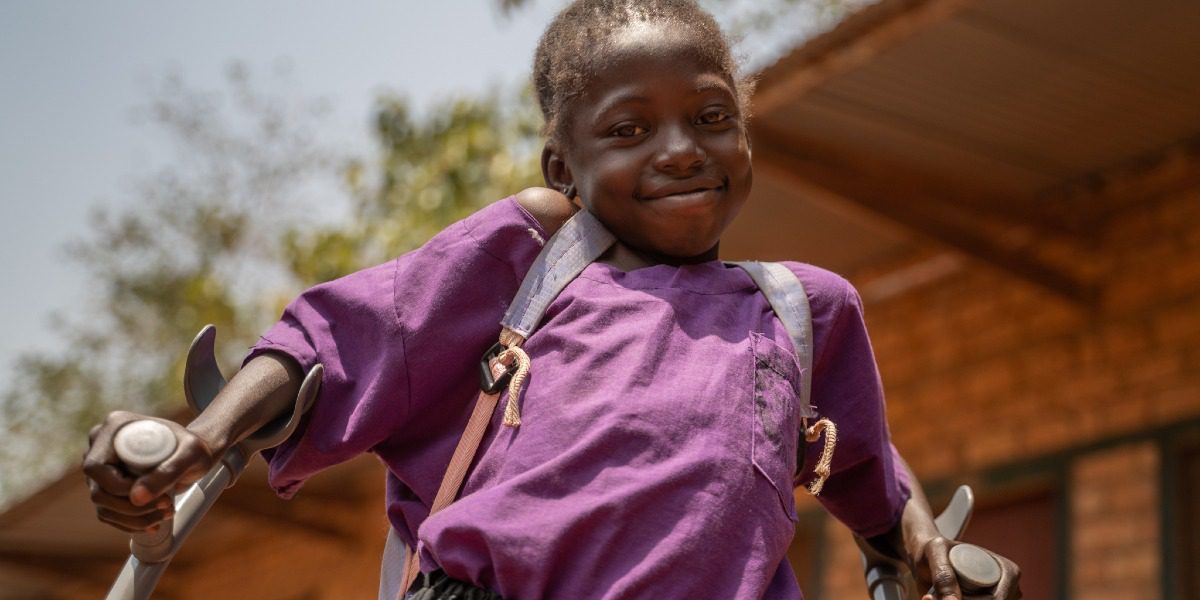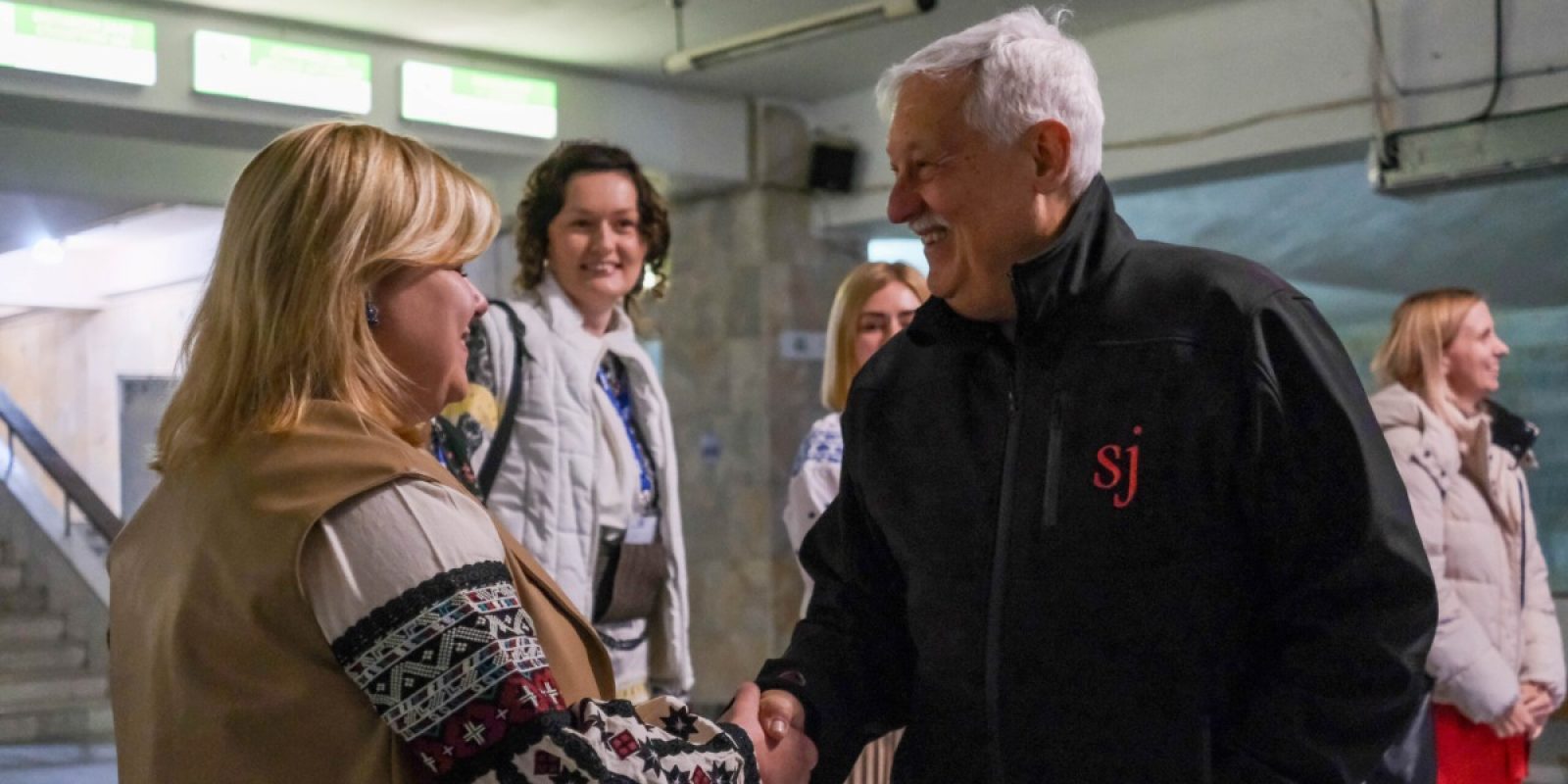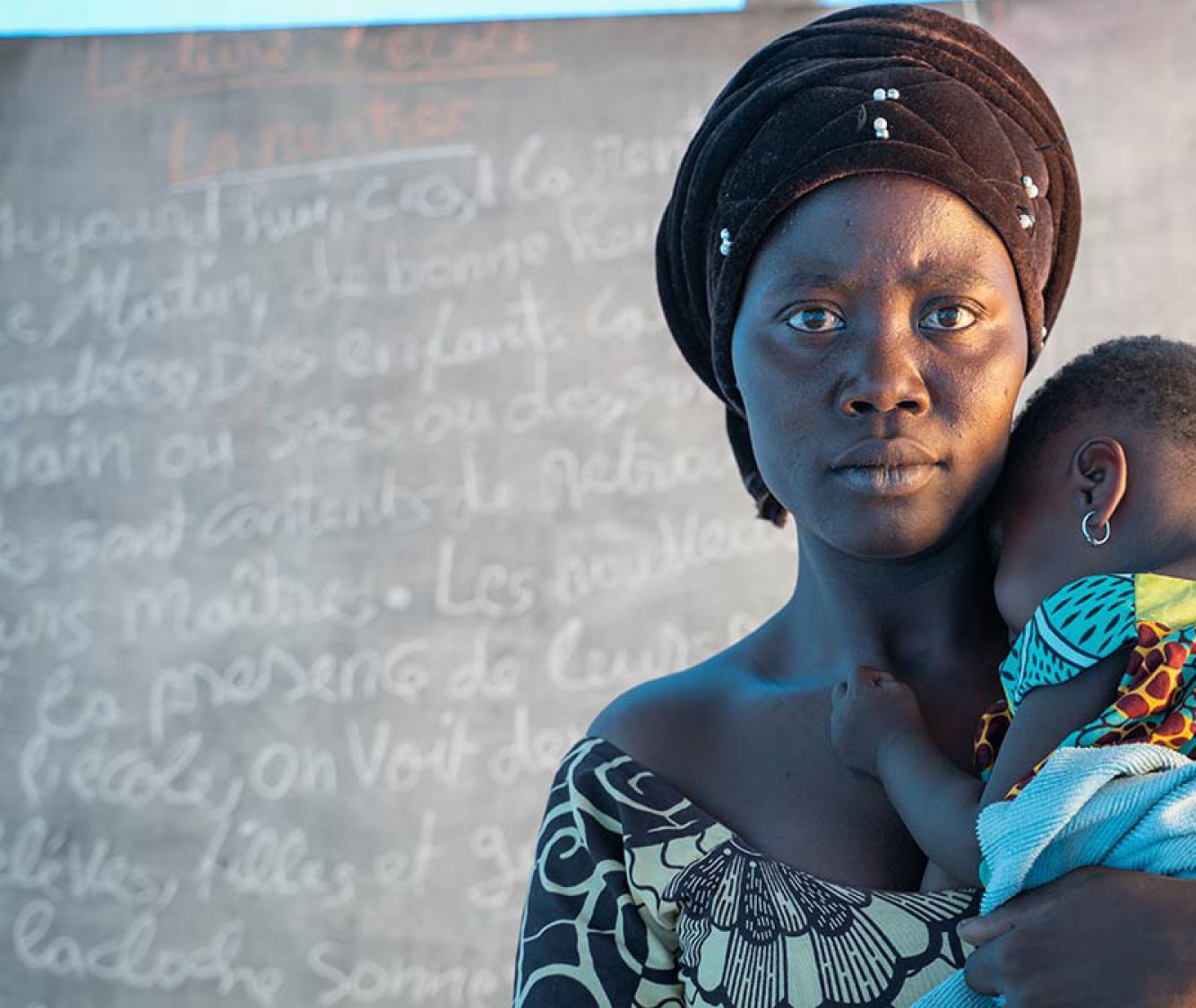A guide to building a more inclusive education for refugee children with disabilities
03 December 2023

Refugee children with disabilities experience a reality of exclusion and marginalisation that makes them among the most vulnerable displaced persons in the world. Excluded from participation in social activities and access to school, not only because of their disability, but especially because of social, cultural, and political barriers that prevent them from enjoying the same opportunities as their peers.
Daniela Bruni, a specialist in education in emergency contexts, who has overseen JRS’s related projects for the past two years, has developed a guide on inclusive education.
What brought you to serve displaced people?
The exclusion of a human being from society. I have always found it an attack on human dignity to allow women, men, and children to live in a state of neglect, sometimes confined in refugee camps that they cannot leave. In over 25 years of working in education, there are situations and people who have affected me more than others – it has happened with refugees and people with disabilities because they are more excluded than anyone else. The barriers they encounter fuel stigma, religious beliefs and exclusion towards them, not only from society, but from the family itself. A very clear image that comes to my mind is when I started working with JRS in 2021. We were in Tanzania, where many children with disabilities did not go to school. They stayed with their parents inside the house without the possibility of going out, because parents were ashamed to show that their children had disabilities.
What are the barriers that prevent children with disabilities from accessing education on an equal basis with others?
Barriers are negative attitudes, stereotypes, beliefs, and social behaviour. Everything that is created by our mind and that causes a detachment; we do not approach a person with a disability because he or she is considered different from us. Refugee children with disabilities may have difficulty accessing a classroom: if they are in a wheelchair and the classroom door is not adequate, they cannot enter. In classes with 40 children and one teacher, as is often the case, if the child with a visual impairment is placed at the back, he or she will not be able to follow the lesson.
These are just a few concrete examples of barriers, which can be cultural, social, physical and political. To understand them better, just think of a pyramid. At the bottom, there are the political barriers, which refer to the development of programmes and services accessible to children with disabilities. In many countries, there is no inclusion; only in the last few years there have been conversations about including people with disabilities in schools, or in the workplace.
Moving up the pyramid are the physical barriers, and then the social barriers, meaning everything that prevents or increases the difficulties for children to access school or recreational activities, for example. At the apex of the pyramid are the cultural barriers, which include the stereotypes and prejudices that people have about people with disabilities and that feed and allow exclusion and discrimination to persist.
In the landscape of inclusive education within displacement contexts, what role does JRS play?
JRS plays an important role in the development and implementation of inclusive education in refugee and IDP contexts.
To provide quality education in emergencies without leaving anyone behind, JRS adopts a participatory approach to the development of the programme, which includes all participants in the programme, first and foremost those directly affected: the children and adolescents including those with disabilities. This makes it possible to respond promptly to needs by creating an inclusive learning environment, without imposing it but building it together.
Can you tell us a particularly transformative encounter or event that you have experienced while working with forcibly displaced persons?
There is one moment that particularly stuck with me, and that was when I managed the inclusive education project in the Nyarugusu refugee camp in Tanzania, which enabled 700 children with disabilities to access quality education and attend schools.
The project included the distribution of special equipment, such as glasses, braille alphabets, hearing aids, and wheelchairs, – each item based on individual needs previously identified by medical screening. It was impressive for me to see the faces of the children when they put on the glasses and started to see. They were shocked, they screamed with joy, they ran. Solving what may be a silly problem, such as seeing in a blurry way, for those children meant they felt more confident and equipped to be able to follow lessons on an equal footing with their peers.
What motivated the creation of a guide on inclusive education? Could you explain to us the primary objectives and intended impact of this guide?
The guide is intended for JRS staff working to promote education, gender equality, social inclusion, integration, training and self-reliance for refugee and forcibly displaced children and adolescents with disabilities. Its purpose is to enhance and bolster inclusive education projects and to guide JRS education personnel on the ground in creating a more inclusive learning environment.
Today is the International Day of Persons with Disabilities. Why do you think it remains crucial to observe this day?
The day of 3 December is important to raise awareness of the promotion of the rights and wellbeing of persons with disabilities in every aspect of their lives. Today we celebrate the value of diversity and remember once again that living together is a great enrichment.


